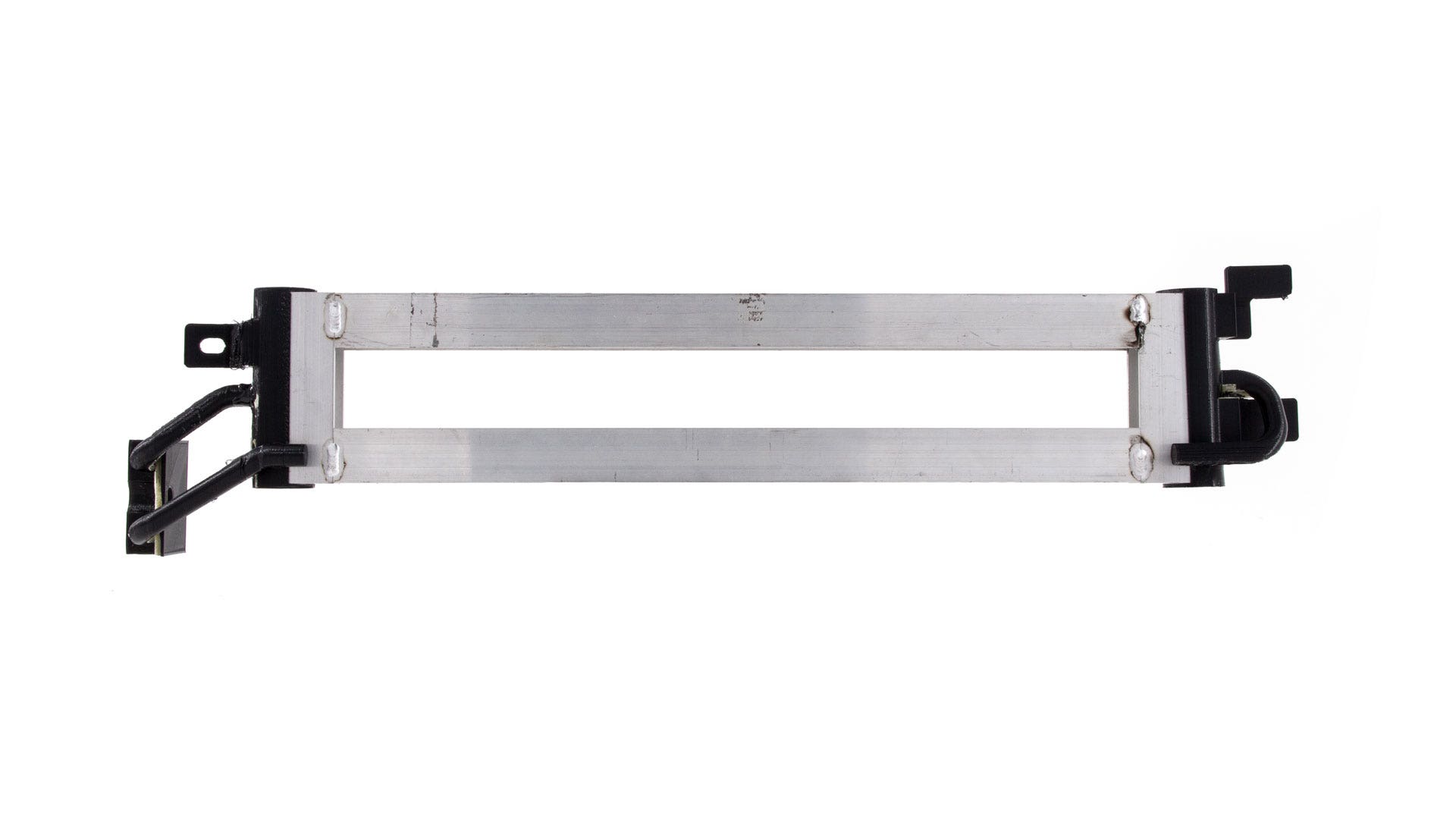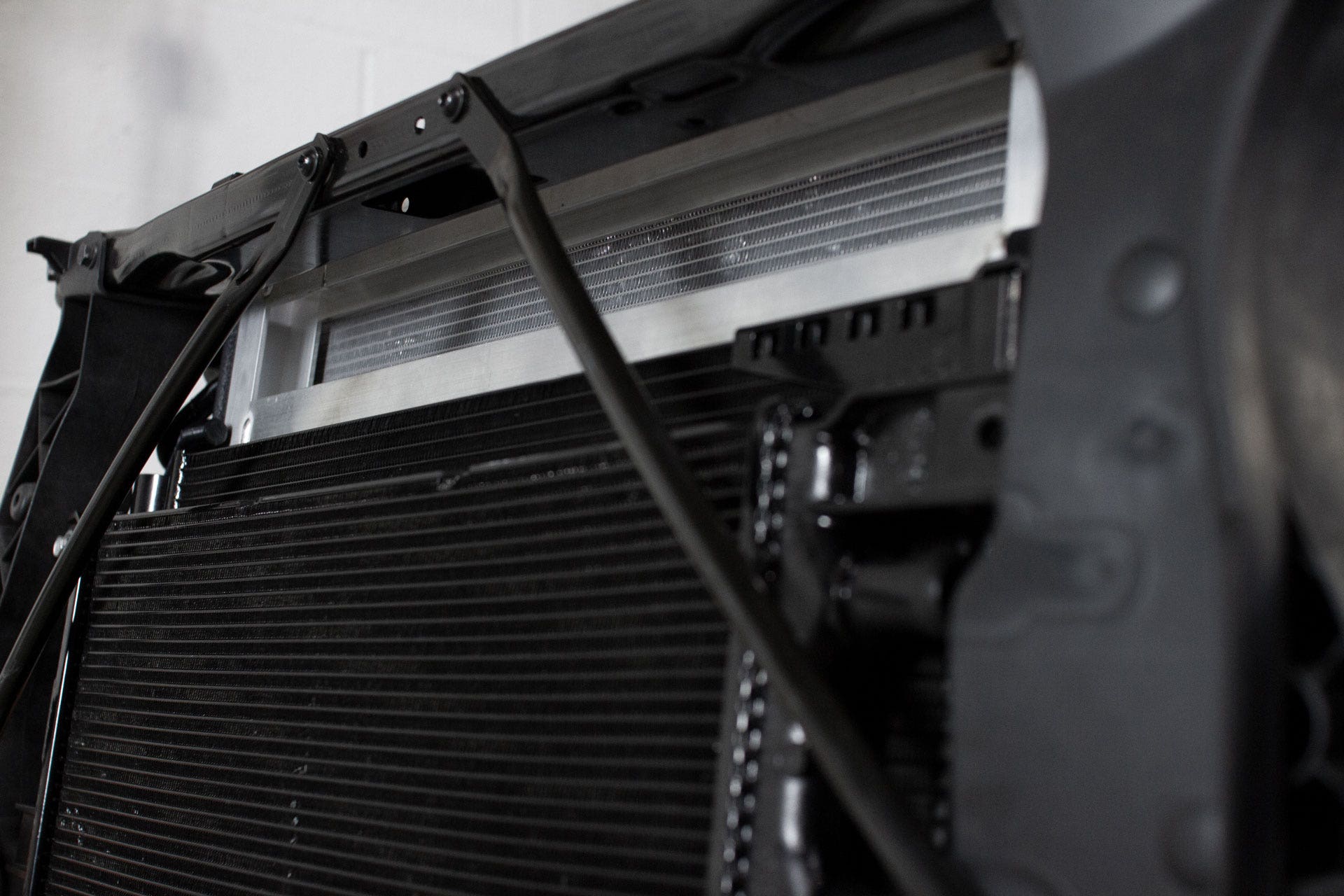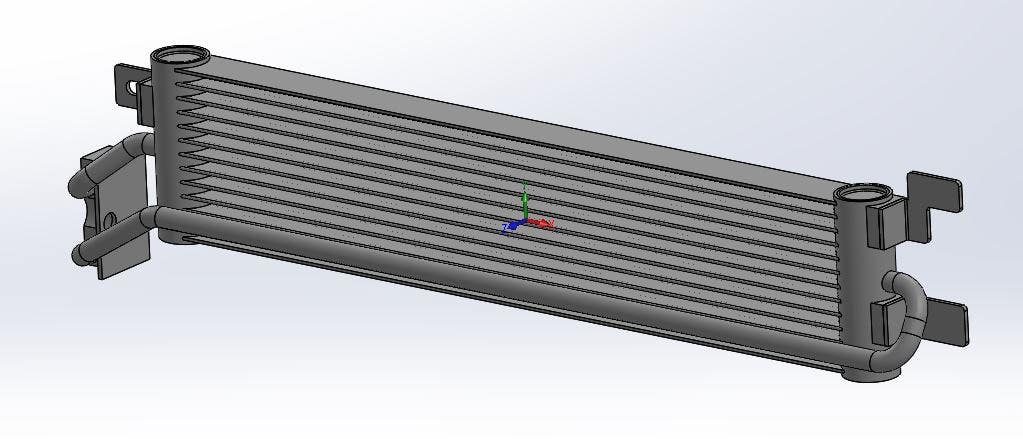
Steal the Limelight - Transmission Cooler R&D, Part 2: Design
Despite its simple appearance, improving upon the stock 2018+ Jeep Wrangler JL transmission cooler will take some clever engineering. In many cases, the solution to extracting more efficiency from a heat exchanger is to make it bigger, but with the cramped cooling stack of the JL, the size of our cooler would be limited.
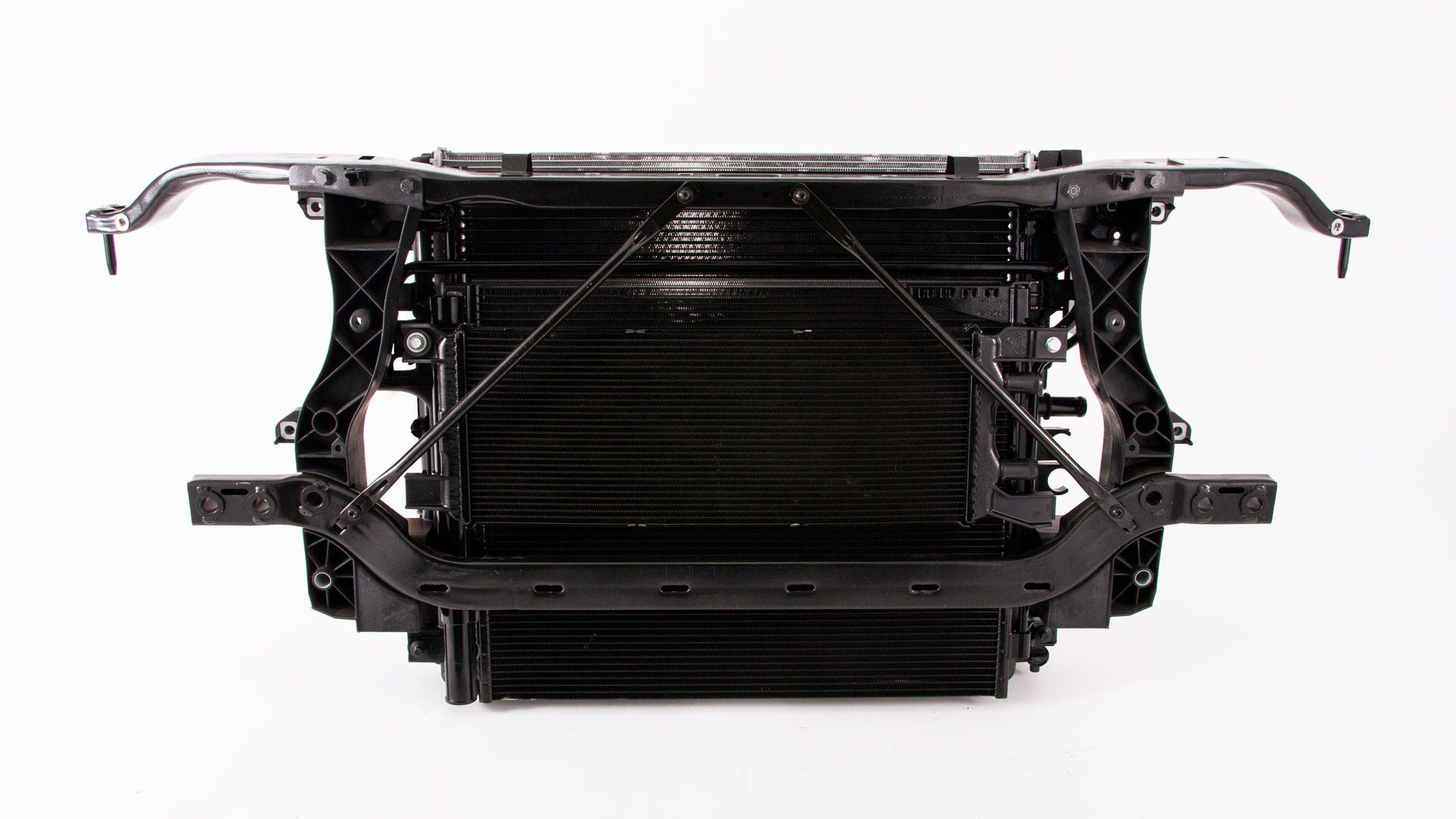
In our last post, we looked at the stock 2018+ Jeep Wrangler JL transmission cooler and its home in the 2.0L Wrangler. Our performance trans cooler will fit all of the available engines and the 2020+ Gladiator, but the complexity of the 2.0T's cooling stack makes it the perfect R&D vehicle. That complexity also restricts how much we can change the dimensions of the transmission cooler.
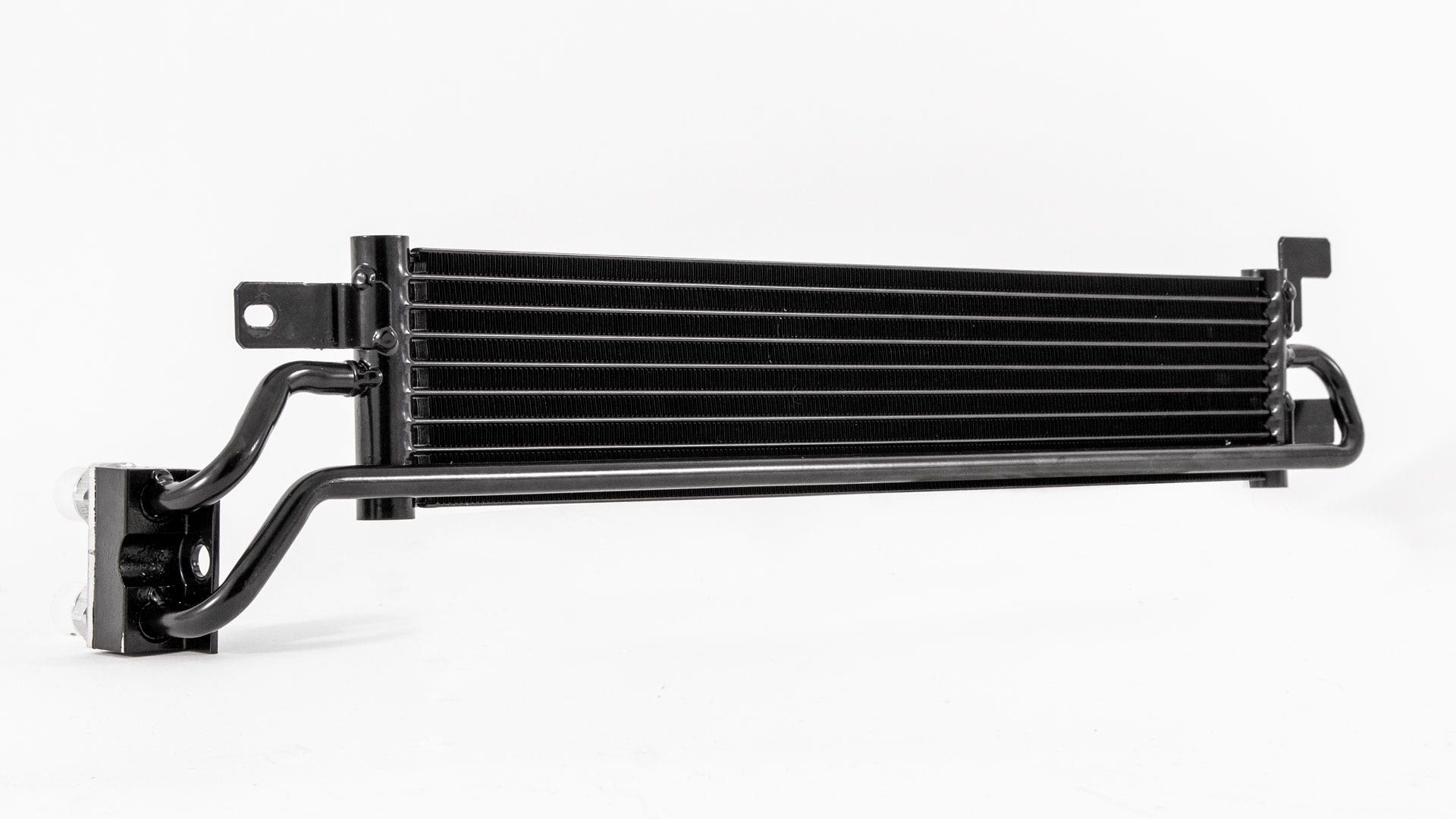
With the stock transmission cooler removed, we measured the space it occupied and calculated how much larger our cooler could be. The length of the cooler is effectively fixed by the line connections on the passenger side and the mounting tabs on the driver's side. In the vertical plane, the cooler is restricted by the A/C condenser below and the radiator support above. Despite these limiting factors, we can squeeze 6mm into the length of the core and 8mm into the height.

One area where we were able to make a dramatic improvement, however, was in the thickness of the core. The stock core measures 19mm thick, but with nothing in front of it to block the way, we were able to nearly double that to 32mm. To make sure the larger cooler would fit in the cramped cooling stack, we fabricated a prototype, complete with 3D-printed end tanks and tubing, and installed it into our JL.
For many of our coolers, a 68% increase in core thickness and an 85% increase in fluid capacity would be enough to out-perform stock. But, increases in core thickness and fluid capacity are only as effective as the airflow through the core. As we pointed out in the last post, airflow through the entire JL cooling stack is minimal at best. The easy solution to this would be to add one of our high-flow cooling fans to the trans cooler, but like airflow, space is also minimal. So, instead of looking outside the cooler for solutions, we decided to dive a little deeper into the core.

Like the stock cooler, our core will be a tube-and-fin construction, but inside the tubes of our cooler will be a unique feature to make better use of the limited space and compensate for low airflow. Most tube-and-fin coolers utilize empty tubes that allow the fluid to pass through without much interference. These standard tubes keep pressure drop to a minimum, but only the fluid in contact with the inner surface of the tube is adequately cooled. Our cooler will utilize fins within the tubes to not only provide more cooling surface area but also to move the fluid throughout the tube. Our larger tubes will keep pressure drop down, while the internal fins place more of the fluid in contact with the tube. These internal fins will help get the most cooling potential from the relatively small cooler.
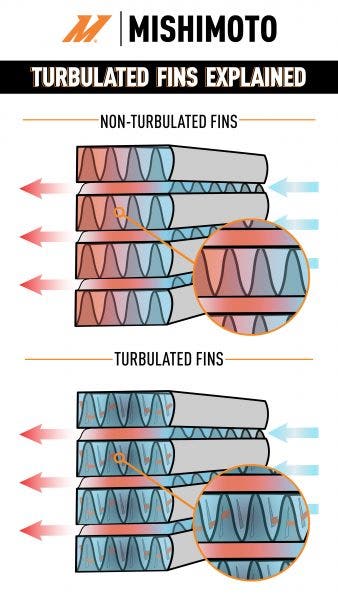
We've designed our performance transmission cooler for the 2018+ Jeep Wrangler JL and 2020+ Gladiator JT from the outside in and test fit our prototype. The next step in the R&D process is to build a functioning sample and test it. If all goes well, we'll be kicking off production and our performance transmission cooler will be available. So, keep an eye out for the next update, and as always, let us know what you think.
Thanks for reading!
-Steve




